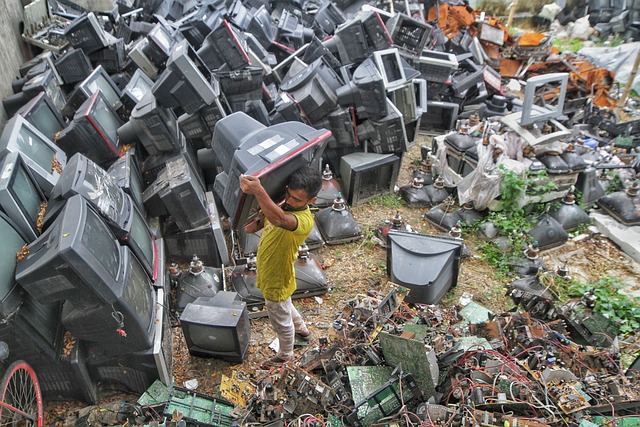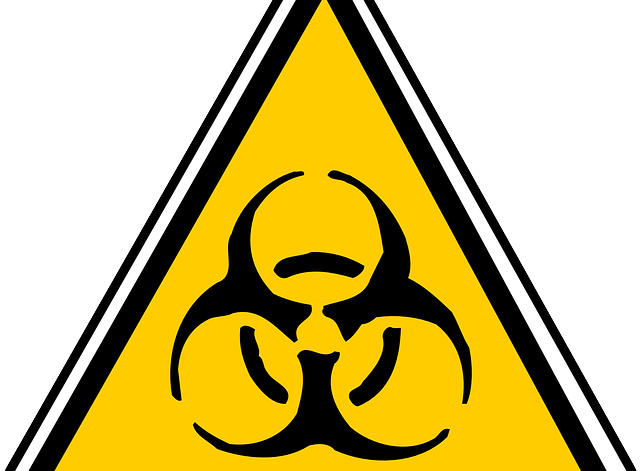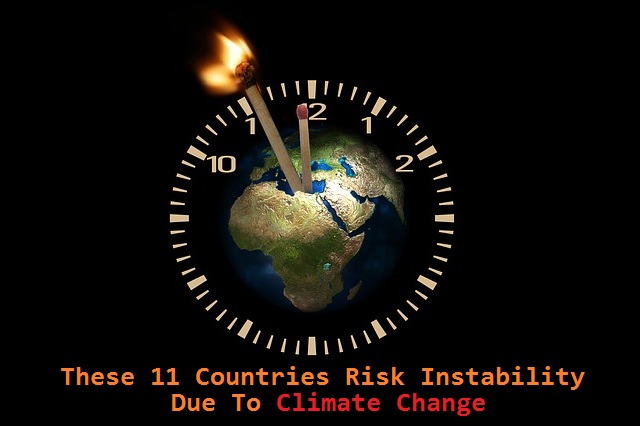What Is Meant By Electronic Waste?
Also known as E-waste, electronic waste is the waste generated from electronic appliances when they are disposed off or discarded as waste. It includes the various internal circuit boards, silicon chips etc., that can potentially be reused or recycled.
Electronic Waste further involves all sort of various different equipment and devices run or relying on electricity.
Check Out: E-Waste and Its Impact on the Environment
What Are The Sources Of Electronic Waste?
Sources of Electronic Waste generally present themselves when they are discarded after use. They are mostly present internally in the form of electrical circuits and wiring. Some of these are listed below:
1. Electronic Gadgets: This includes those personal use devices like mobile phones, Electronic cigarettes. vaping devices, Tablets, Graphic Tablets, Laptops etc.
Related: Environmental Impacts of E-cigarettes and Vapes
2. Monitors, Keyboards, CPU’s, Circuits, Motherboard, Mouse, speakers, hard drives, USB’s and other related computer equipment are all included.
3. Kitchen Appliances like blenders, juicers, toasters, refrigerators, microwave and baking ovens etc.
4. Home Appliances that generally include Vacuum cleaners, Air Conditioners, Televisions washing machines, fused light bulbs, LED lights, Lamps, fans, water dispensers, coolers and other new means of house work aiding machines.
5. Children’s Toys like automated or electrical cars, batteries used in toys, learning tablets, instruments etc.
6. Corporate or Office appliances that utilize modern technology and have chips, circuits, processors, hardware parts, transmitters etc.
7. Industrial scale machines and automated parts that include large mixing machines, robots, and other parts associated with electrical use that need to be frequently replaced, discarded and updated.
Also read: What is Plastic Pollution? – Sources, Effects and Solutions
Effects Of Electronic Waste On Environment:
1. Some components especially in the Electronic appliances in everyday use such as Plasma TVs, CRT Televisions and LCD displays, are considered hazardous as they contain lead. This lead is present in the funnel glass and is toxic. Additionally, it may also contain lead, barium, cadmium and fluorescent powders which can be released if recycling or dumping is not done in a proper way.
2. Lithium ion batteries, silicon chips etc. and other circuitry are also hazardous. Lithium ion batteries in particular are flammable and can cause fires. Silicon chips can also leach chemicals if disposed improperly that can lead to many a skin diseases and other kinds of liver and kidney damage.
3. Silicon Chips are also used in almost everything from small scale computers and laptops to large industrial scale wind turbines. But they have a huge carbon footprint and as a result their contribution leads to aggravation of climate change.
4. If e-waste is improperly disposed it can lead to the release of toxic chemicals and furthermore the various reactions between chemicals and water or other leachate in the improper waste landfill site can be a hazard. It can cause large fires or chemical releases/ fumes. Most often their effect is seen overtime as land and underground water is contaminated and people experience many mysterious symptoms and diseases.
Also check out: Impact of Heavy Metal Pollution on the Environment
5. Burning e-waste as a means to get rid of it is termed as incineration however it does more harm than good. It leads to the release of fine particles of the same chemicals they were made of which then contaminates the air. It is distributed far and wide due to air and as a result poses a risk of cancer and other lung illnesses.
6. The leaching chemicals are toxic to the soil and can cause adverse effects on the ecosystem. It can be up taken by the plants that photosynthesize and from there enter the food chain. This in turn causes long lasting and severe health effects of humans and animals.
You might also like to read: Land/Soil pollution – Causes, Effects, and Control
Control/Solution To Properly Getting Rid Of Electronic Waste:
The most effective ways for electronic waste treatment are highlighted down below:
- Proper Waste Management: proper dealing and handling of waste should be ensured. This means waste should not be dumped along with food or kitchen waste neither should it be disposed into glass or plastic recycling bins. It should be handed over to the proper authorities or government bodies who in turn are responsible for having a system to manage e-waste.
- Thermal Recycling: This will allow not just the recycling of electronic waste and sorting and segregating it into reusable and un re-useable stuff but it will also allow for the extraction of metals from the waste present. In many cases the same parts can be salvaged and recycled minimally with minimal energy cost.
You may also like to read: Potential of Growing Recycling Business in Pakistan
I hope you all liked this post! Please comment below if you have any suggestions, comments, or feedback! We at #envpk love hearing from our readers! Thanks!




